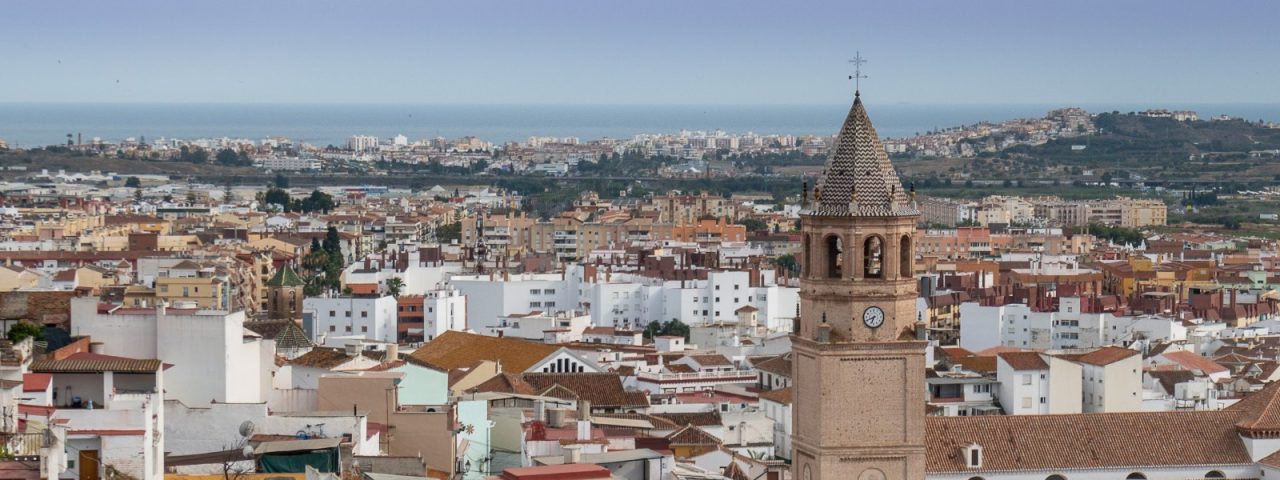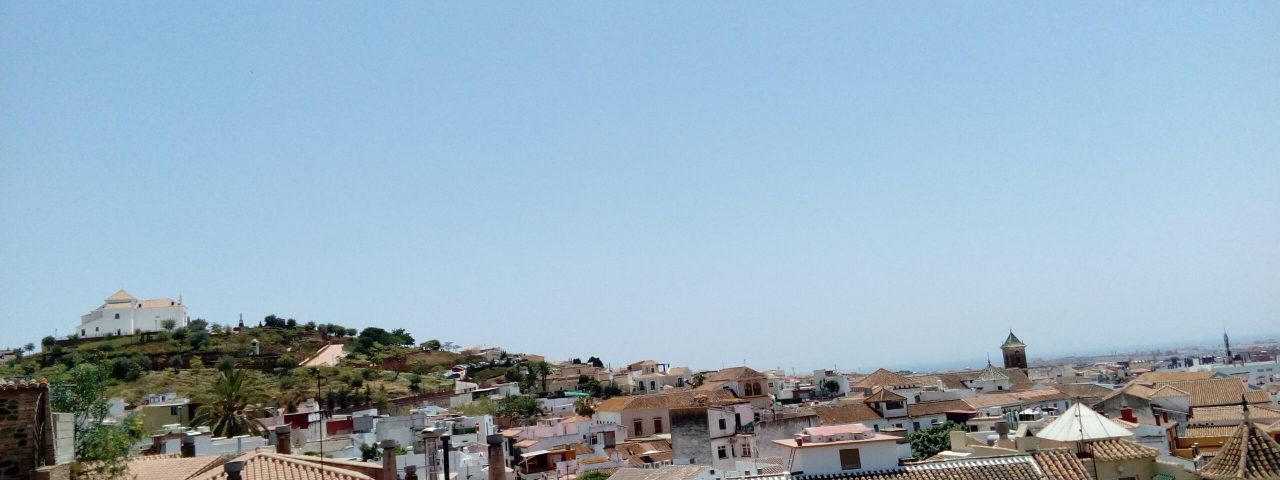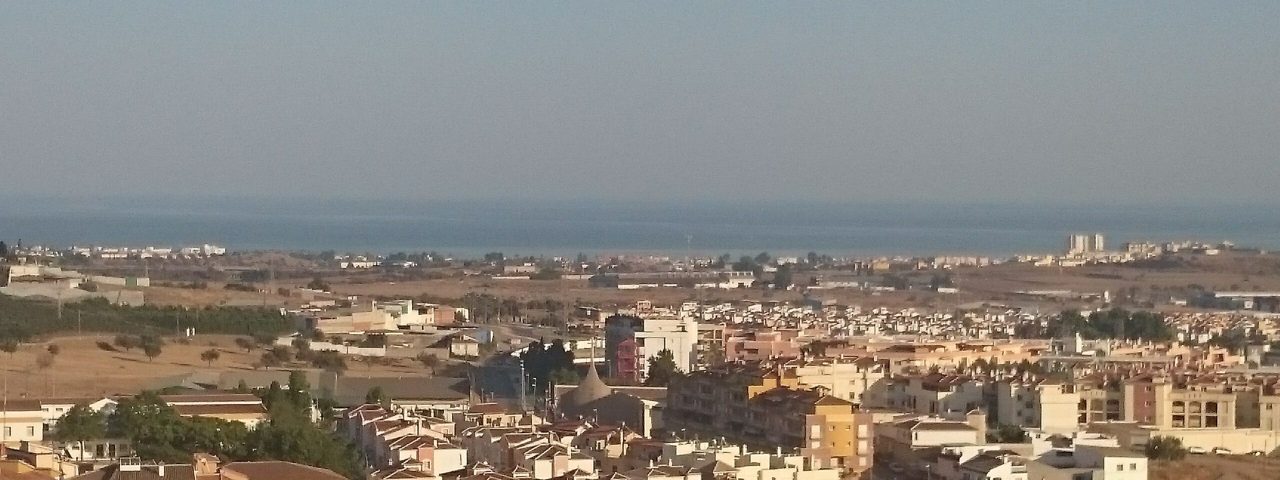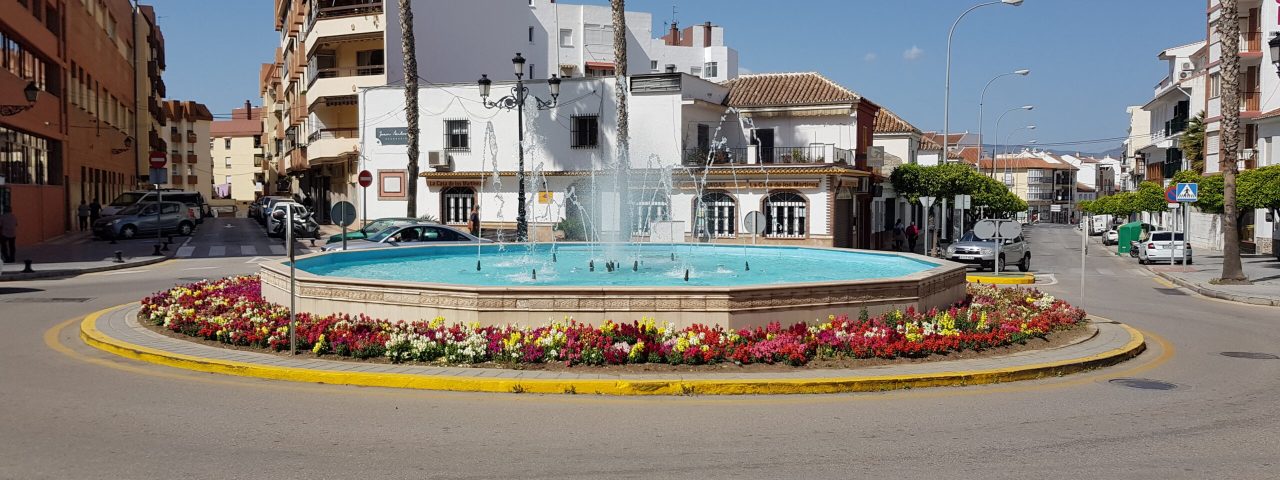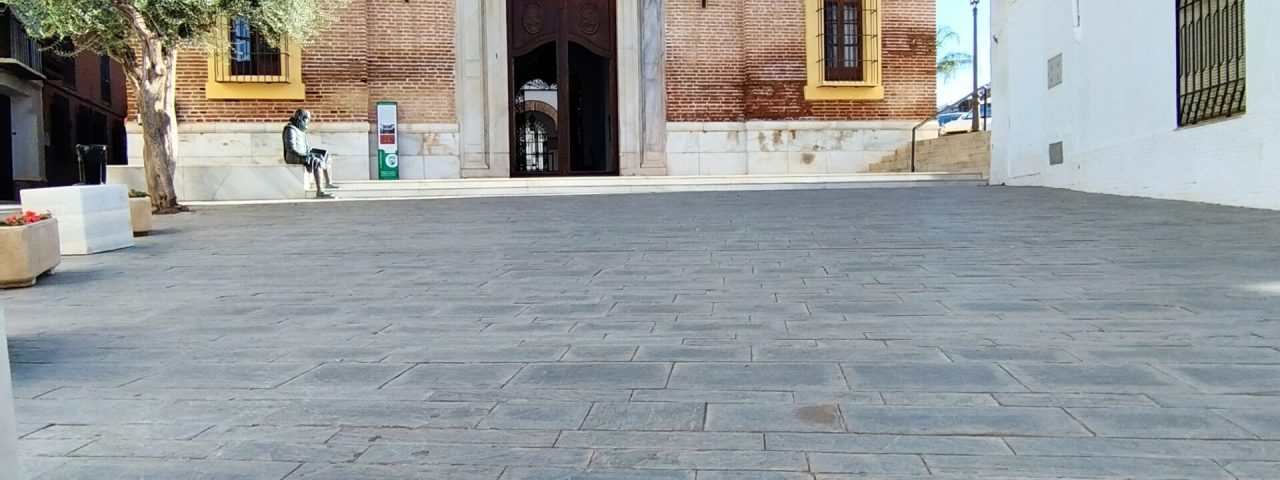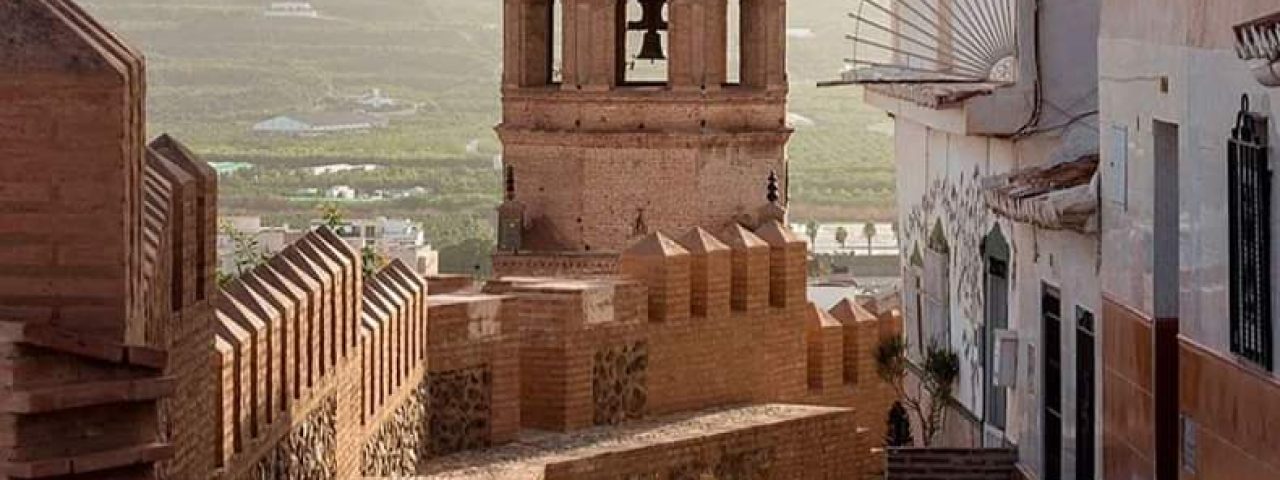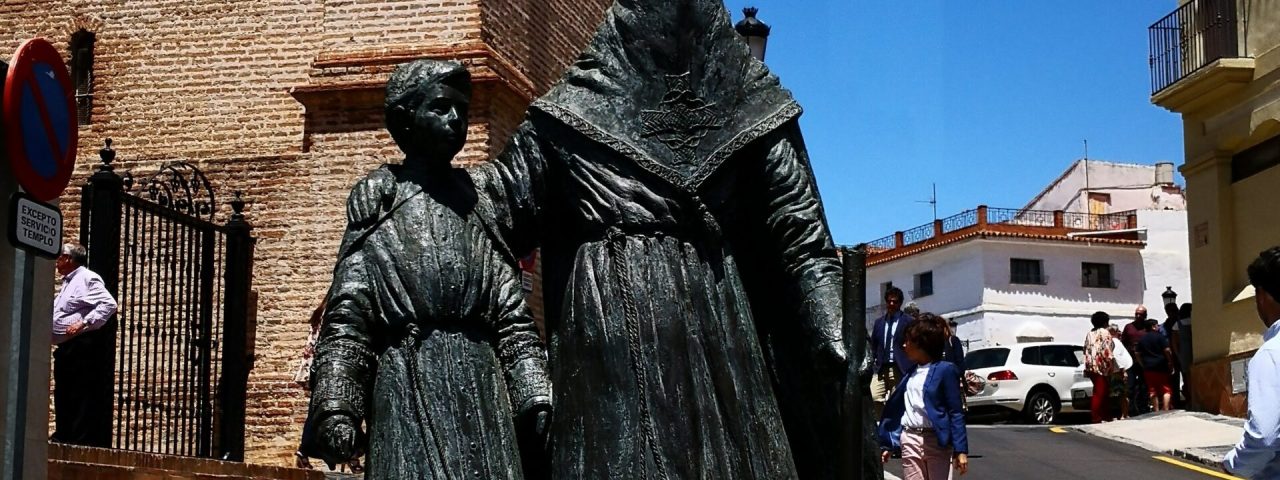Vélez-Málaga’s history stretches back thousands of years, with influences from various civilizations including the Phoenicians, Romans, and Moors. The city was particularly significant during the Moorish period, which is still evident in its architecture and cultural traditions. The city’s Moorish fortress, the Fortaleza de Vélez, stands as a testament to its historical importance. In 1487, Vélez-Málaga was conquered by the Catholic Monarchs, marking the beginning of its Christian era, which brought about the construction of numerous churches and monasteries, further enriching its cultural tapestry.
Culturally, Vélez-Málaga is a treasure trove of Andalusian traditions. The city is renowned for its vibrant Holy Week (Semana Santa) celebrations, which attract visitors from across Spain and beyond. The processions are a blend of religious devotion and artistic expression, with intricately decorated floats and traditional music filling the streets. The city also celebrates local festivals such as the Feria de San Miguel in September, a week-long event filled with music, dancing, and food.
Local customs in Vélez-Málaga revolve around family, religion, and community. Visitors will notice a warm, welcoming atmosphere where traditions are not only preserved but actively celebrated. Historical landmarks such as the Iglesia de San Juan Bautista and the Convent of San Francisco offer a glimpse into the city’s religious and architectural heritage, making Vélez-Málaga a culturally rich destination.
